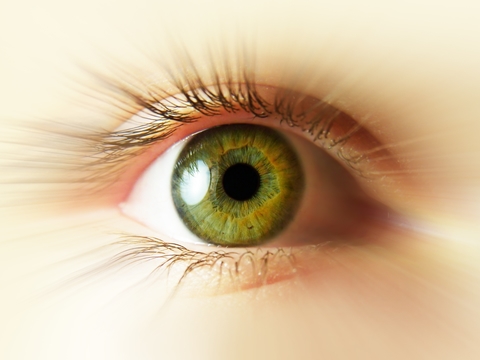Eye Movement Desensitization Reprocessing (EMDR) is a psychotherapy technique that can have very dramatic and powerful effects on individuals suffering from traumatic and emotional problems.
It incorporates bilateral stimulation and right/left eye movements.
Have you ever felt so overwhelmed by anxiety and repetitive thoughts only to be gradually transformed into a natural grounded state of being just by the simply engaging in left/right eye movement?
How Did EMDR Get Started?
In 1987, Francine Shapiro PhD, a California psychologist in private practice, accidentally stumbled upon the therapeutic effects of bilateral stimulation.
She discovered that emotional and behavioral symptoms that occurred from disturbing experiences attenuated when recalling the circumstances at the same time while engaging in bilateral stimulation and lateral eye movements.
So began this breakthrough therapy, Eye Movement Desensitization and Reprocessing (EMDR), which became a widely proclaimed psychological therapy sensation in a very short period of time because of its quick and lasting relief from emotionally distressful situations.
Who Can Benefit from EMDR?
In her clinical practice, Dr. Shapiro focused on clients who had Post Traumatic Stress Disorder (PTSD), other disorders, traumas and phobias related to anxiety.
Today a wide range of conditions are now being treated with EMDR by psychologists all over the United States, Canada and other parts of the world:
- Depression
- Schizophrenia
- Eating disorders
- Personality disorders
- Panic attacks
- Anxiety
- Fears
- Grief associated with death
- Dissociative disorders
- Disturbing memories
- Addictions
- Pain disorders
- Stress reduction
- Sexual abuse
- Physical abuse
- Body dismorphic disorders
- Injuries
- Car accidents
- Sleep issues
- Anger management
- Low esteem
- Violent crimes
- Work accidents
- Death of a loved one
What Emotional Symptoms Are Best Helped by EMDR?
There are more than 20 controlled clinical trials of EMDR attesting to its effectiveness for both adults and children.
EMDR therapy has eight phases that help the person identify and recall the feelings surrounding the experience in addition to any negative thoughts, feelings and memories.
Usually, most negative experiences have overwhelmed individuals to the point of consuming their lives while leaving them with very few coping skills or harmful coping strategies to deal with the situation.
These emotional experiences remain trapped or embedded in the nervous system and cells of the body.
By activating opposite sides of the brain with the bilateral eye movement, the therapy releases all the negative emotions attached to the experience.
The continual eye movements free the blockages and reprocess the traumatic information so that eventually the person is lead to a peaceful resolution.
The idea is to reprocess the information until that information is no longer psychologically damaging or disruptive to the person.
The following symptoms can be helped by EMDR:
- High anxiety and lack of motivation
- Depression
- Memories of a traumatic experience
- Fear of being alone
- Unrealistic feelings of guilt and shame
- Fear of being alone
- Difficulty in trusting others
- Relationship problems
Find a psychologist trained in EMDR: http://www.emdr.com/
Still Looking for Answers?
Visit the Epidemic Answers Practitioner Directory to find a practitioner near you.
Join us inside our online membership community for parents, Healing Together, where you’ll find even more healing resources, expert guidance, and a community to support you every step of your child’s healing journey.
Sources & References
No sources & references currently available.
Resources
No resources currently available.
